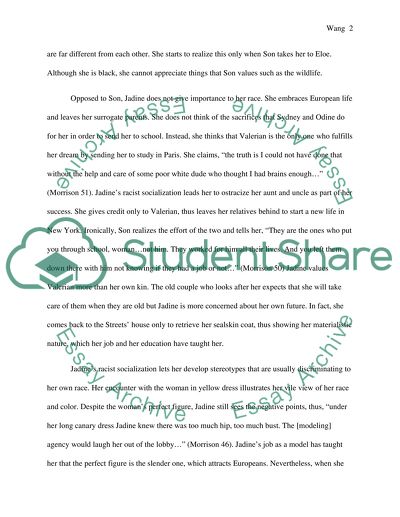Cite this document
(PTSS Patterns in Tony Morrisons Tar Baby Dissertation - 1, n.d.)
PTSS Patterns in Tony Morrisons Tar Baby Dissertation - 1. Retrieved from https://studentshare.org/education/1694742-essay-on-tar-baby-ly
PTSS Patterns in Tony Morrisons Tar Baby Dissertation - 1. Retrieved from https://studentshare.org/education/1694742-essay-on-tar-baby-ly
(PTSS Patterns in Tony Morrisons Tar Baby Dissertation - 1)
PTSS Patterns in Tony Morrisons Tar Baby Dissertation - 1. https://studentshare.org/education/1694742-essay-on-tar-baby-ly.
PTSS Patterns in Tony Morrisons Tar Baby Dissertation - 1. https://studentshare.org/education/1694742-essay-on-tar-baby-ly.
“PTSS Patterns in Tony Morrisons Tar Baby Dissertation - 1”, n.d. https://studentshare.org/education/1694742-essay-on-tar-baby-ly.


